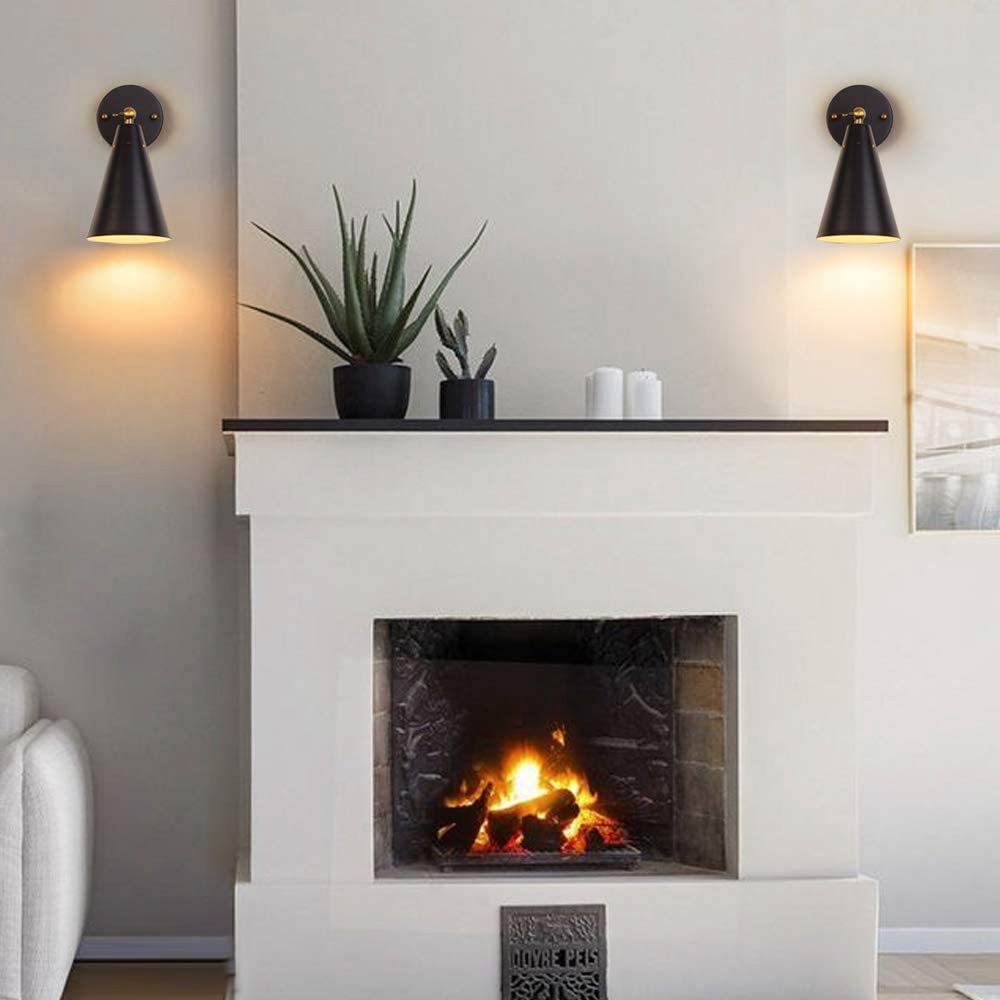
The History of Light
From the discovery of fire to the development of electric lights, humans have been fascinated with the power and beauty of light for thousands of years. Ancient civilizations used fire and sunlight for warmth and light, and used mirrors and lenses for magnification and reflection. Later, the invention of candles and oil lamps brought portable light sources, followed by the development of gas lighting in the 19th century. Finally, the invention of the incandescent light bulb by Thomas Edison revolutionized the use of artificial light and opened the door to new technologies such as fluorescent and LED lights.
The Science of Light
Light is both a wave and a particle, and its properties are described by the field of optics. The speed of light is the fastest known speed, at approximately 186,000 miles per second. Light can be bent, refracted, absorbed, and reflected depending on the medium it travels through. It is also responsible for the formation of rainbows, the colors in a sunset, and the way we see objects. The study of light has led to groundbreaking discoveries in fields such as astronomy, photography, and quantum mechanics.
The Importance of Light in Our Lives
Light is essential to life on Earth. It allows plants to perform photosynthesis, which is the process by which they convert sunlight into energy. It also helps regulate our biological clocks and circadian rhythms. Exposure to natural light has been shown to improve mood and mental health, while lack of light can cause seasonal affective disorder (SAD). In addition, the use of artificial light in homes, offices, and public spaces has increased productivity, safety, and comfort for humans.
The Future of Light Technology
With the growing need for sustainable energy sources and reduced carbon emissions, the future of light technology looks promising. LED lights, for example, use 80% less energy than traditional incandescent bulbs and last up to 25 times longer. Smart lighting systems also allow for remote control and automation, saving energy and increasing convenience. In addition, the use of light in medical and scientific applications such as phototherapy and laser surgery continues to advance.
The Beauty and Artistry of Light
Light has always been a source of inspiration for artists and architects. From the soft shades of a Monet painting to the colorful light displays of contemporary installations, light has the power to evoke emotions and create atmosphere. The use of light in sculpture and public art has also become increasingly popular, with city streets and buildings becoming canvases for light-based installations. The creativity and innovation of artists and designers continues to push the boundaries of what is possible with light.







